 I recently left my wife a newspaper clipping, writing “Read” on it. She returned the favor by writing “Total Rubbish!” on it.
I recently left my wife a newspaper clipping, writing “Read” on it. She returned the favor by writing “Total Rubbish!” on it.
It was a column by Ross Douthat (a Republican and Christian). He poses the question “whether the social crisis among America’s poor and working class – the collapse of the two-parent family, the weakening of communal ties – is best understood as a problem of economics or culture.”
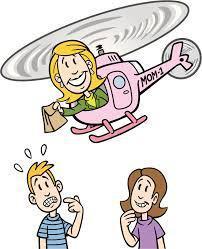
My wife dissed the piece as racist and classist, and having no real answer for the problem Douthat fingers. That latter point is fair, the others not. Recognizing that lower class Americans suffer from cultural pathologies is not to blame them; indeed, Douthat again blames the better-off. And as David Brooks has argued, it’s not that lower classes lack the right values or aspirations but, rather, face obstacles living those values in their social environment.
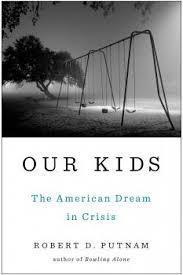
That is the real root of the inequality we hear so much about. And, as Douthat contends (the reason I found him worth reading), money inequality is not itself the problem, that’s a symptom of the greater fact of cultural difference. It’s not that the rich hog wealth at the expense of the rest, or there’s insufficient redistribution – it’s that too many people are kept back, by cultural dysfunction, from rising out of disadvantage.
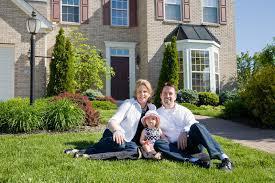
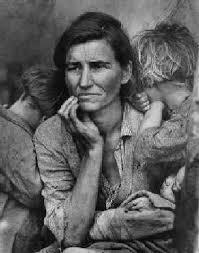
That, again, is America’s great cultural divide, it’s the big reason behind the economic divide – and it’s growing larger. The wage gap keeps widening between the college-educated and others.

You cannot argue that economic difficulties are driving this. Because, for all the whining about “these economic times,” in fact – as Douthat highlights – even lower-income citizens have more money, and more safety-net support, than in earlier generations. Yet, he says, those past generations “found a way to cultivate monogamy, fidelity, sobriety and thrift to an extent they have not in our richer, higher-spending present.” And Putnam shows many key ways in which affluent and non-affluent families differ much more now, in habits and culture (like how they talk to and socialize their kids*), than a few decades ago. This inhibits social mobility. Again, married versus unmarried life is key.
Consider this. During the Great Depression, did marriage rates collapse and single parenthood explode? No, they did not, despite far more unemployment, much lower incomes, and much less generous government support.
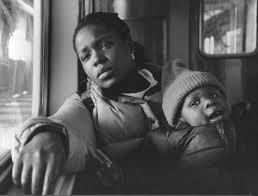
This is not “the economy, stupid.” This is cultural. Again, economic disadvantage is more a consequence than a cause. Hence better jobs, higher minimum wages, more government benefits, “tax the rich,” etc., can’t fix this. What will? Like Douthat (and Putnam), I don’t have all the answers (though I’ve made some suggestions in my post on the marshmallow test, and here too). But anyhow, at least properly understanding the problem is a necessary starting point.
*At the upper end of the social spectrum, the ambition is kids getting into college. At the other end, it’s kids staying out of jail.
